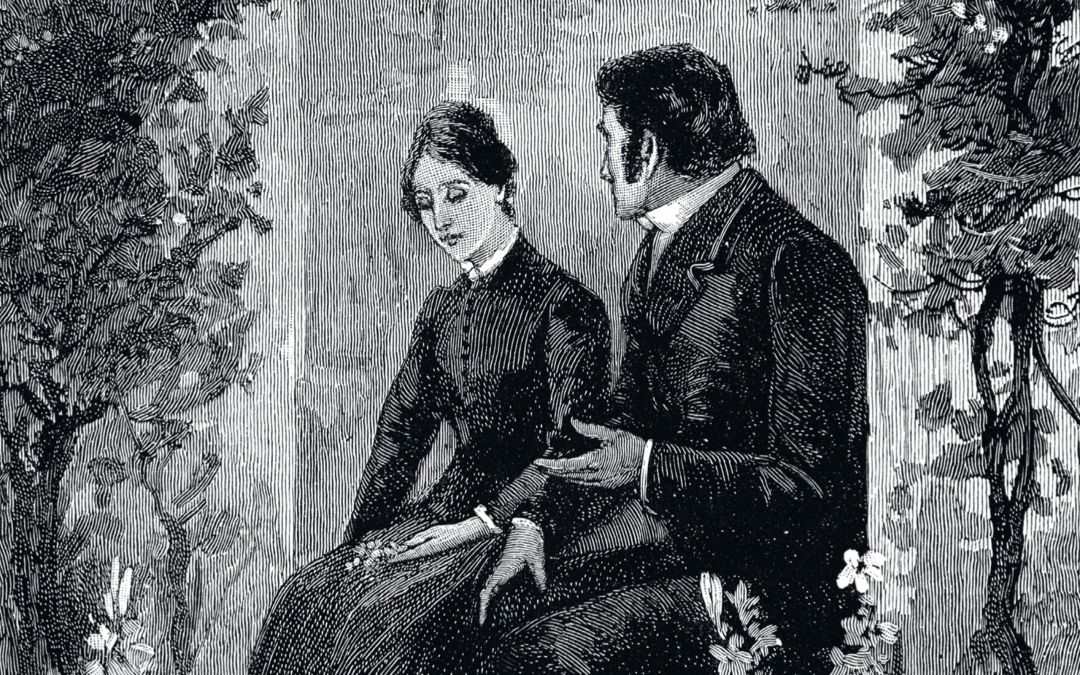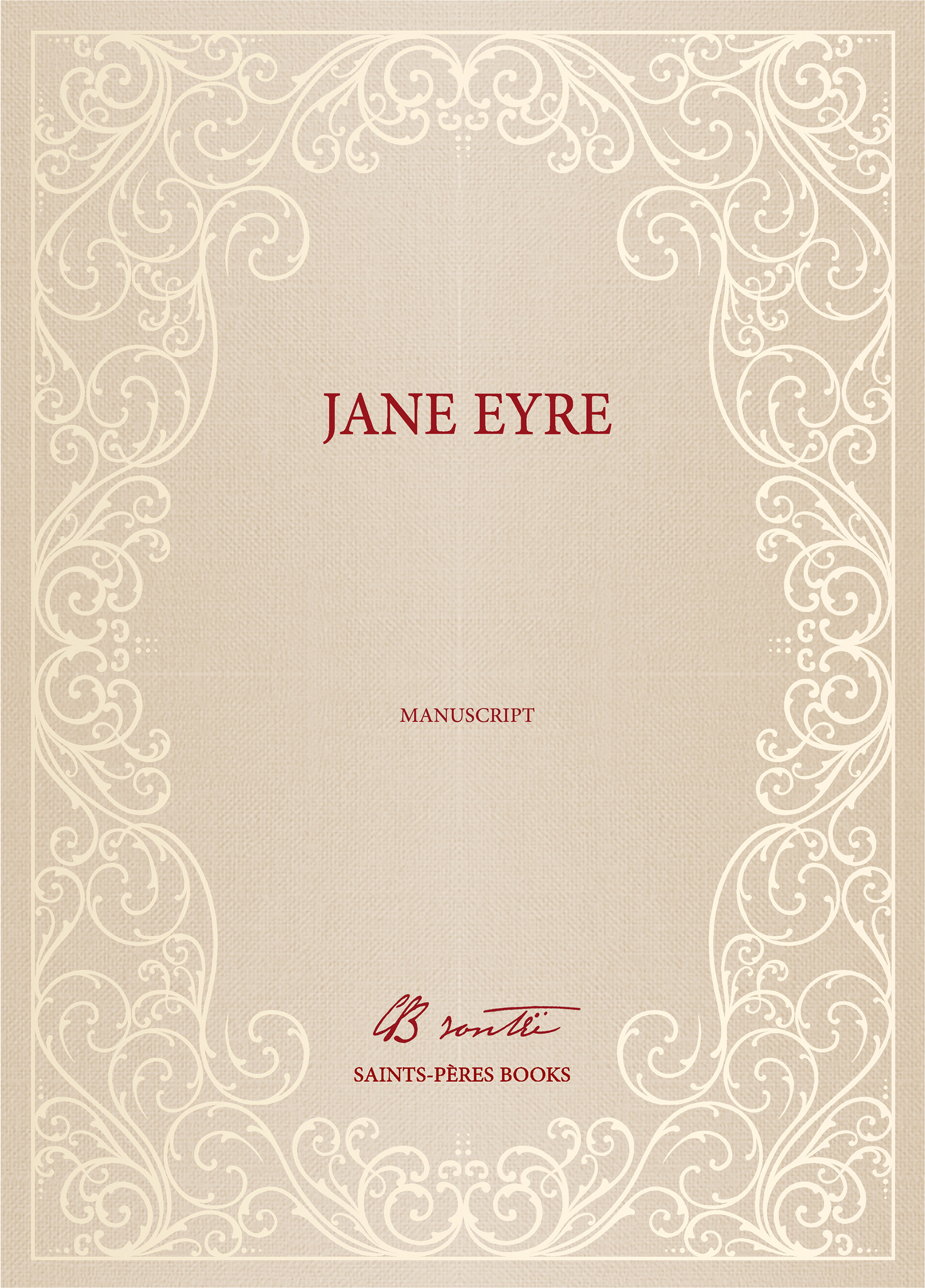Inside Charlotte Brontë’s mind
For the first time, Jane Eyre fans will be able to read Charlotte Brontë's classic novel from the original manuscript

This Friday, Parisian publishing company Éditions des Saints Pères will be releasing 1,000 hand-numbered editions of the ‘fair copy’ of Jane Eyre, held in the British Library. Sent by Charlotte Brontë to her publisher Smith and Elder in 1847, it is the earliest surviving copy of the book.
Retailing at £249, there is a reduced launch price of £229 for those pre-ordering ahead of the 2 December publication.

The 824-page manuscript contains important revisions and corrections centred around the portrayals of Jane’s encounters with Mr Rochester. Written in Brontë’s elegant hand, it gives readers unprecedented insight into her creative process. The manuscript’s publication marks the culmination of this year’s bicentenary celebrations of Charlotte Brontë’s birth.
Each luxury edition is illustrated with etchings by Edmund Garrett and presented in a deluxe slipcase decorated with iron gilding. As well as being printed on environmentally-friendly paper, Éditions des Saints Pères have pledged to plant one tree for each copy sold.
We talked with Jessica Nelson, co-founder of the manuscript publisher, about the magic of manuscripts and the thrill of the search.
What criteria do you look for when searching for a manuscript? Where has the hunt taken you?
We are guided by a passion for literature and a quest for beauty.
The first important question is whether a complete manuscript exists – history is full of lost, destroyed, and incomplete manuscripts. Occasionally we have tried to search for a lost manuscript.
With Françoise Sagan’s son we consulted a psychic to try and find the lost manuscript of Bonjour Tristesse – alas, to no avail!
Sometimes the decision to publish a manuscript is very personal – the novel Journey to the End of the Night was instrumental to us during our teenage years. Other times the manuscript has beautiful illustrations, which really add value to the text, for example Jean Cocteau’s self-portraits in The Mystery of Jean the Birdcatcher manuscript.
Nicolas [Tretiakow, co-founder of Éditions des Saints Pères] and I caught the treasure-hunting bug about ten years ago, at an exhibition on writers’ drafts. We have since become hooked… and when a collector or literary estate shows us their treasures (often completely unknown to the public) it is very moving.
What is so special about reading some of our favourite novels in this way?
It’s the feeling of intimacy between the reader and the author, which is absolutely incredible. It feels like you are being led behind the scenes, to the author’s workspace. They show us their unseen facets – the artist self -doubting, self-editing, taken by a sudden wave of inspiration. When reading the Twenty Thousand Leagues Under the Sea manuscript, it really feels like Jules Verne is whispering into your ear.
The other great reward is discovering important changes made during the novel’s creation. Whilst working on Proust’s In Search of Lost Time, for which there are tens of thousands of existing draft pages, we wanted to determine whether the legendary ‘madeleine’, which describes memory, had always been a madeleine.
We spent hours looking at the manuscripts, and deciphering his difficult, jerky handwriting, to find all the times when Proust worked on this famous passage. We were able to uncover three notebooks in which we found that the madeleine had first been toast, then a biscuit, and then finally the little cake that we all know so well!
How important is it to Éditions des Saints Pères for the paper used to be environmentally-friendly?
Our desire to help preserve our cultural heritage (by financing the digitisation of important manuscripts) is in accordance with helping to preserve our planet. For each book that we sell we will plant a tree in Normandy. In doing so we hope to create the first literary forest!
Why did you choose Edmund Garrett’s illustrations for the manuscript?
They seemed the most beautiful to us, and the best fit for Charlotte Brontë’s writing. They have remained with us ever since we read a copy of Jane Eyre for the very first time, years and years ago…
See more from Éditions des Saints Pères by visiting editionsdessaintsperes.co.uk






